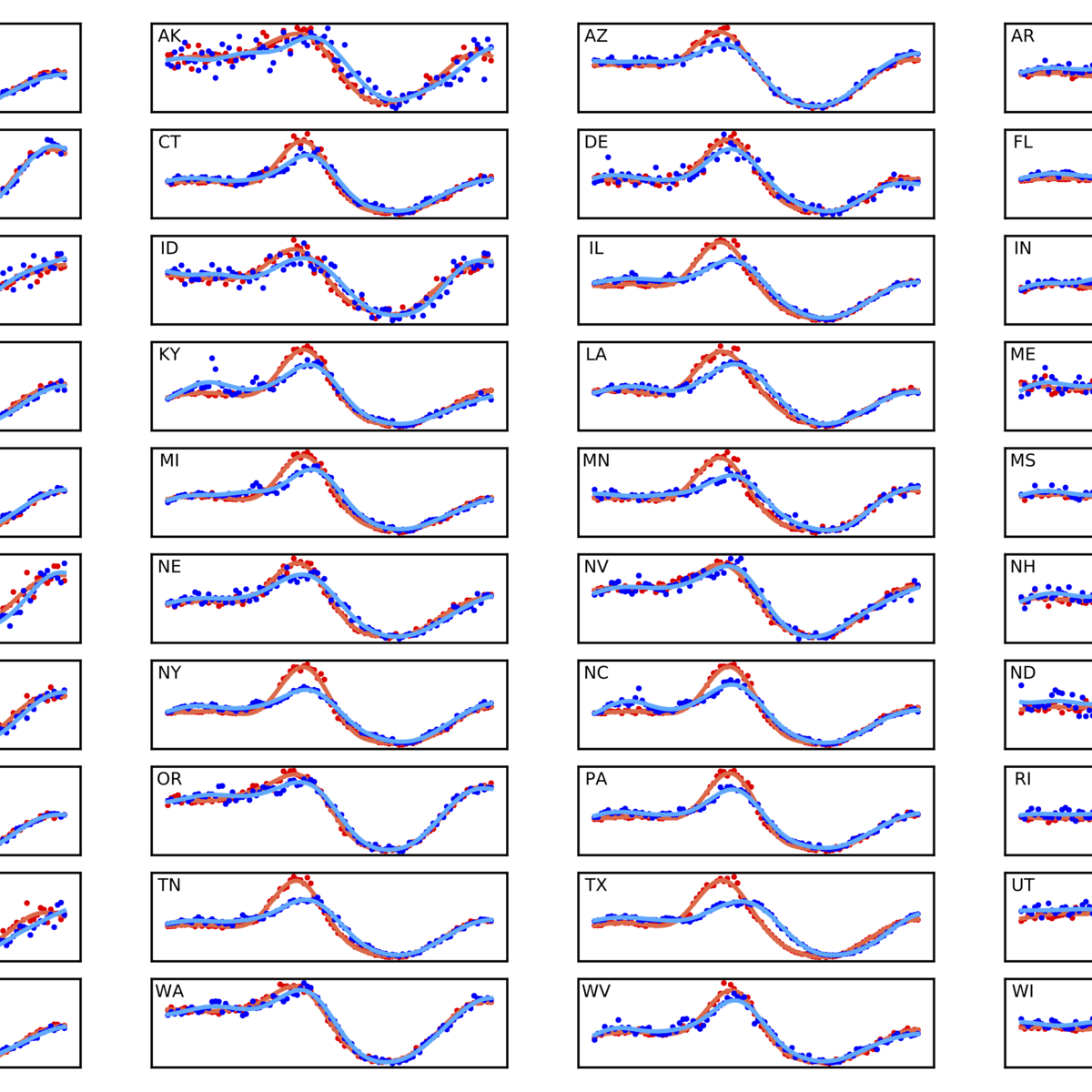The sleep loss insult of Spring Daylight Savings in the US is absorbed by Twitter users within 48 hours
K. Linnell, T. Alshaabi, T. McAndrew, J. Lim, P. S. Dodds, and C. M. Danforth

Times cited: 9
Abstract:
Sleep loss has been linked to heart disease, diabetes, cancer, and an increase in accidents, all of which are among the leading causes of death in the United States. Population-scale sleep studies have the potential to advance public health by helping to identify at-risk populations, changes in collective sleep patterns, and to inform policy change. Prior research suggests other kinds of health indicators such as depression and obesity can be estimated using social media activity. However,the inability to effectively measure collective sleep with publicly available data has limited large-scale academic studies. Here, we investigate the passive estimation of sleep loss through a proxy analysis of Twitter activity profiles. We use "Spring Forward" events, which occur at the beginningof Daylight Savings Time in the United States, as a natural experimental condition to estimate spatial differences in sleep loss across the United States. On average, peak Twitter activity occurs roughly 45 minutes later on the Sunday following Spring Forward. By Monday morning however, activity curves are realigned with the week before, suggesting that at least on Twitter, the lost hour of early Sunday morning has been quickly absorbed.
- This is the default HTML.
- You can replace it with your own.
- Include your own code without the HTML, Head, or Body tags.
BibTeX:
@misc{linnell2020a,
author = {Linnell, Kelsey and Alshaabi, Thayer and McAndrew,
Thomas and Lim, Jeanie and Dodds, Peter Sheridan and
Danforth, Christopher M.},
title = {The sleep loss insult of {S}pring {D}aylight
{S}avings in the {U}{S} is absorbed by {T}witter
users within 48 hours},
year = {2020},
}
}